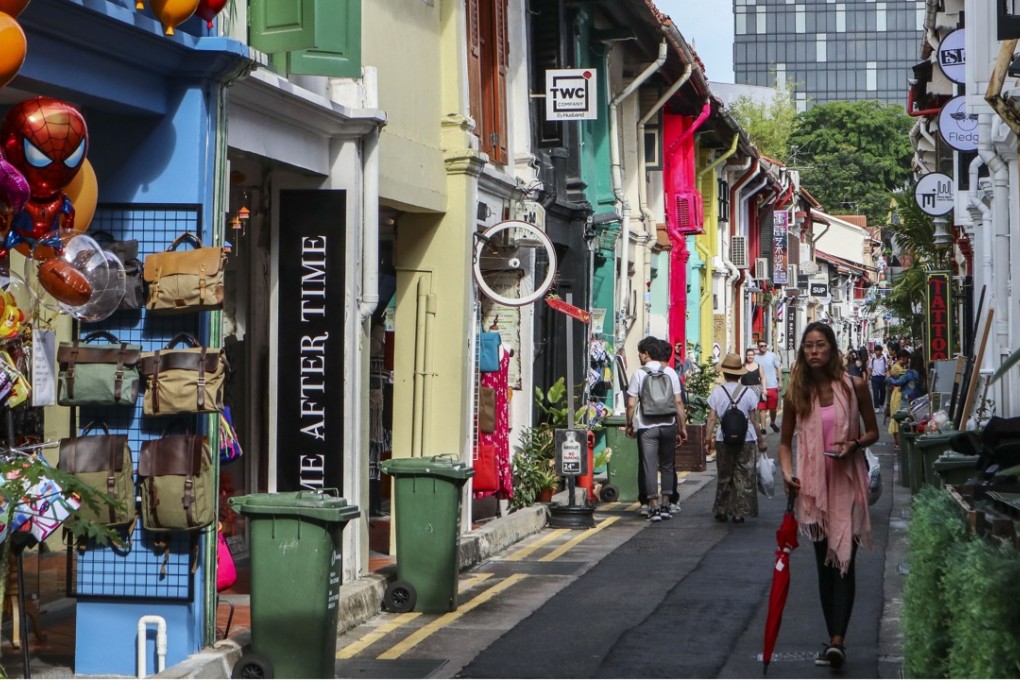See how this reporter fares in Singapore using only Chinese mobile apps
For many Chinese shoppers, the experience is more important than cost

I was looking forward to an interesting trip as I landed at Singapore’s Changi International Airport after a four-hour flight from Shenzhen, China’s hi-tech hub in southern Guangdong province. The arrival hall was softly-lit, and a host of bilingual information signs made me feel instantly at ease.
The purpose of my visit was to attend a business conference on e-commerce and digital disruption in Asia-Pacific’s retail segment, but it would also involve some real shopping. As such, I wanted to gauge for myself the extent to which the digital-first shopping habits of mainland China consumers are being adopted in the Lion City.
According to figures from the World Tourism Organization, the number of Chinese outbound tourists grew by double digits as a percentage each year from 2002 to 2013 and by 2016 there were 135 million Chinese outbound travellers, a 6 per cent increase from 2015. In 2012, China became the world's top spender in international tourism and has remained so ever since. Tourism expenditure from China has exploded from US$24 billion in 2006 (three per cent of the world's total) to US$261 billion in 2016 (21 per cent of the world's international tourism spending).
Southeast Asian countries including Thailand, Singapore and Indonesia, remained top destinations for Chinese outbound tourists during the National Day holiday from October 1-7 in 2017, according to the China Tourism Academy, spurred on by the broader offering of visa-free or visa-on-arrival policies for Chinese tourists within Asean. But it’s not just the numbers that are interesting.
According to a 2017 report on Outbound Chinese Tourism and Consumption Trends, jointly issued by Nielsen and Alipay, for Chinese shoppers the “cost” of what they buy is far less important than the retail “experience”. And while the top three expenses of outbound China tourists included shopping, hotel rooms and dining out, according to the survey, 65 per cent of Chinese tourists used mobile payments on their most recent trip compared with 11 per cent for non-Chinese shoppers.
On stepping out of the airport, the initial experience was not good as my taxi driver told me neither of my Chinese WeChat Pay or Alipay payment methods would be accepted. The mobile payment apps, operated by China’s two biggest technology companies by market value respectively Tencent Holdings and Alibaba Group Holdings, are used everywhere in China to pay for everything from meals, to taxi fares and even medical appointments.